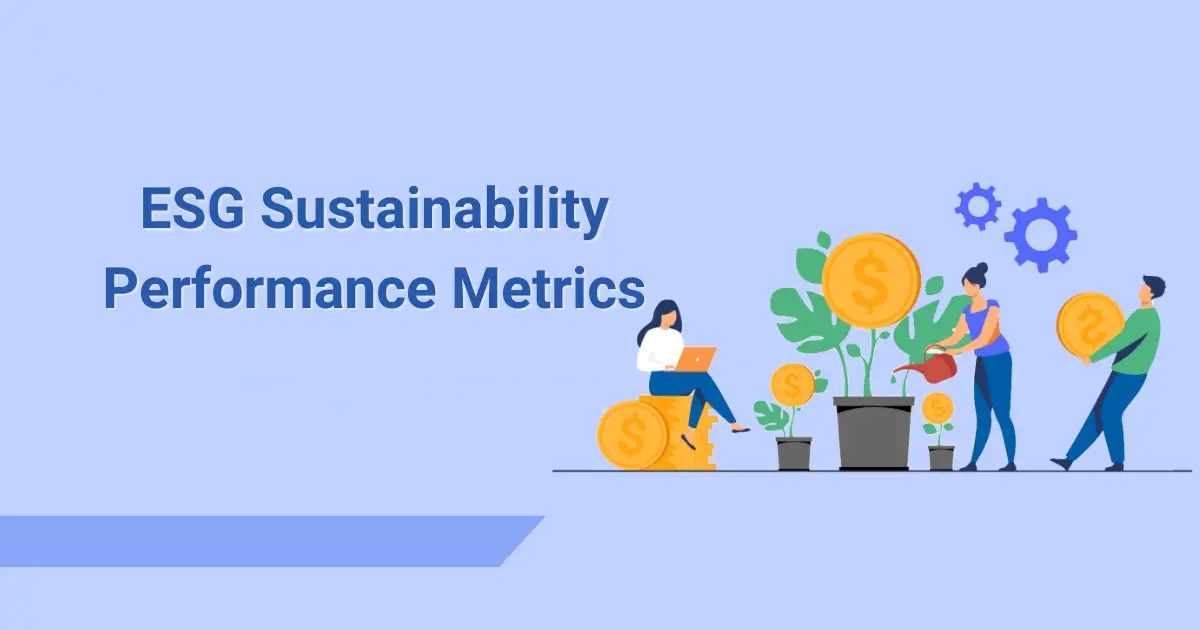ESG stands for environmental, social, and governance, and it refers to the criteria that measure the sustainability and ethical impact of a company or organization. ESG performance is increasingly important for investors, customers, employees, regulators, and other stakeholders who want to align their values with their economic decisions. Measuring ESG performance can help companies and organizations identify and manage their risks and opportunities, improve their reputation and trust, and create long-term value.
There are many rating and scoring frameworks that are used to measure ESG performance, each with its own scope, methodology, and criteria. Some of the most widely used and recognized rating and scoring frameworks are:
• CDP: CDP is a non-profit organization that runs a global disclosure system for investors, companies, cities, states, and regions to manage their environmental impacts. CDP collects and scores data on climate change, water security, forests, and supply chain from thousands of organizations around the world. CDP scores range from A to D-, with A being the highest score that indicates leadership and transparency on environmental issues.
• EcoVadis: EcoVadis is a business sustainability rating provider that assesses the ESG practices of suppliers and business partners across 200 sectors and 160 countries. EcoVadis uses a methodology based on international standards and stakeholder expectations to evaluate the policies, actions, and results of companies on four themes: environment, labor and human rights, ethics, and sustainable procurement. EcoVadis scores range from 0 to 100, with 100 being the highest score that indicates advanced ESG performance.
• GRESB: GRESB is a benchmarking tool that measures the ESG performance of real estate and infrastructure portfolios and assets. GRESB provides standardized and validated data to investors and managers to help them identify and manage ESG risks and opportunities. GRESB scores range from 0 to 100, with 100 being the highest score that indicates outstanding ESG performance.
These are just some examples of the rating and scoring frameworks that are used to measure ESG performance. There are many others that have different approaches and objectives. Companies and organizations can use one or more of these rating and scoring frameworks to report their ESG performance according to their needs and expectations. However, they should also be aware of the challenges and limitations of these rating and scoring frameworks, such as the lack of standardization, comparability, verification, and assurance. Therefore, they should always strive to improve their ESG data quality and transparency.
